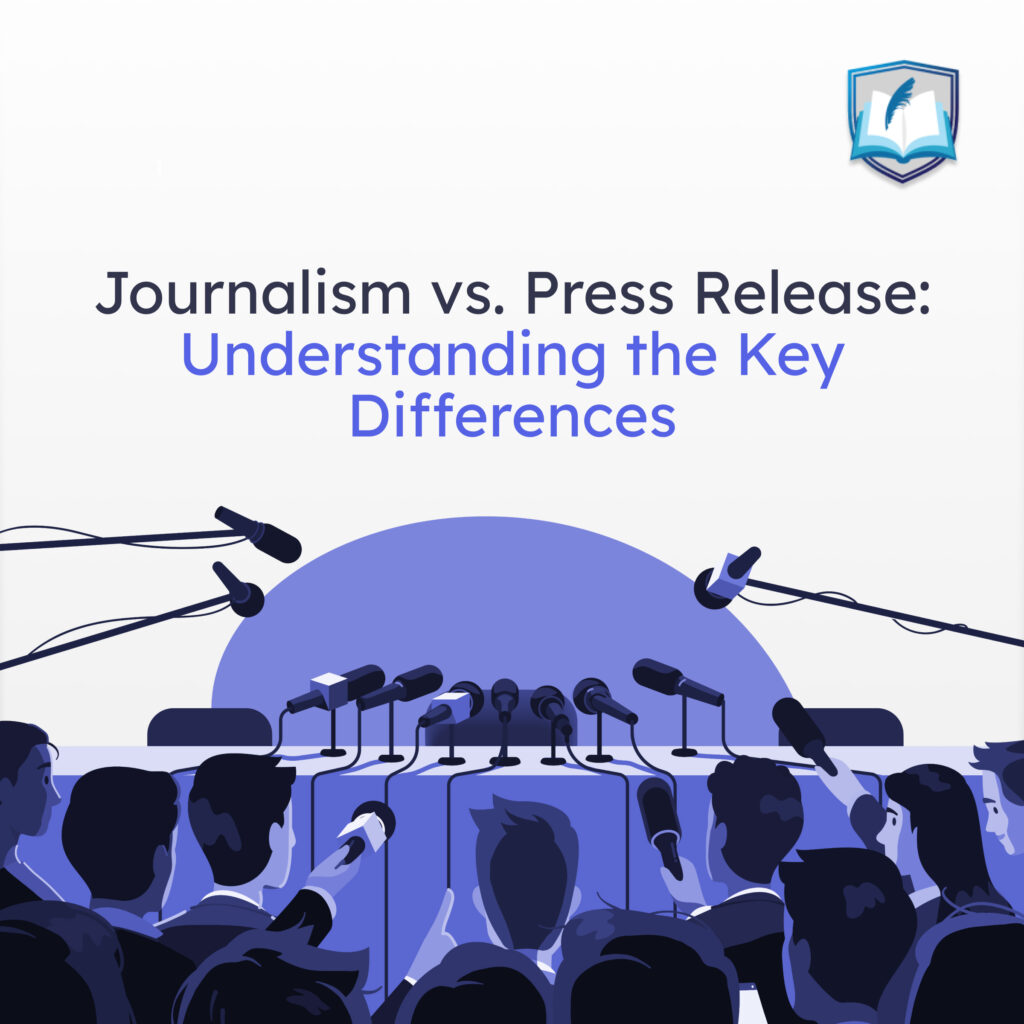Journalism and press releases are ways to spread information, but their goals, audiences, and styles differ. Understanding these differences can help you determine the best approach for your message and goals. This article will explore the key differences between journalism and press releases.
Purpose and Audience
The purpose and audience of journalism and press releases are vastly different. Journalism informs and educates the public about current events, issues, and trends. The audience for journalism is typically the general public, although specific publications may have a more targeted audience.
On the other hand, press releases are meant to promote a particular product, service, or event. The audience for press releases is journalists, bloggers, and other media members who may be interested in covering the story.
Tone and Style
Another critical difference between journalism and press releases is the tone and style used in each. Journalism is usually neutral and objective and follows a specific style guide, such as AP Style. On the other hand, press releases tend to have a more promotional tone.
They may include quotes or testimonials from people who work for the company. Press releases can also be written in a certain way, with a headline, a subhead, and standard information about the company or organization.
Content and Format
One of the main differences between journalism and press releases is the content and format. Journalism focuses on reporting news and providing information to the public. At the same time, press releases are written by companies or organizations to promote their products, services, or events.
Most quotes in news articles come from people outside of the organization. In contrast, most quotes in press releases come from people who work for the organization. Additionally, press releases often follow a specific format, including a headline, a subhead, and boilerplate information about the company or organization.
Credibility and Objectivity
Another critical difference between journalism and press releases is the level of credibility and objectivity. Journalists are expected to report the news objectively, without bias or personal opinions. They are also held to high standards of accuracy and fact-checking. On the other hand, businesses or organizations write press releases to promote their interests.
While they may contain factual information, they are often biased and lack the same level of objectivity as journalistic articles. As a result, readers should approach press releases with a critical eye and seek out additional sources to verify the information presented.
Distribution and Reach
Another critical difference between journalism and press releases is the way they are distributed and their reach. Newspapers, magazines, and online news sites—all well-known media outlets with sizable audiences—typically publish journalistic articles.
This gives them a broad space and the potential to influence many people. On the other hand, press releases are often sent directly to specific groups, such as industry professionals or possible customers. Even though they might not reach as many people as news articles, they can be an excellent way to get a specific audience and promote a message or product.
A press release is an organization’s written statement to the media to tell them about news or other important information. It is usually written factually and neutrally and is meant to get attention from the media. On the other hand, journalism is the job of finding news and information, evaluating it, making it, and presenting it.
Journalists use many different ways to find information and report the news in an accurate, fair, and balanced way. The main difference between a press release and journalism is that a press release is made by an organization to promote its interests, while journalism aims to give the public fair and accurate news.




